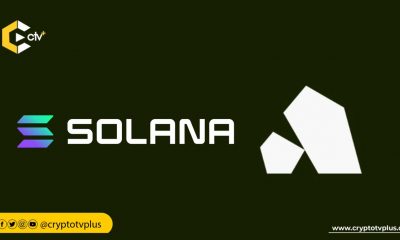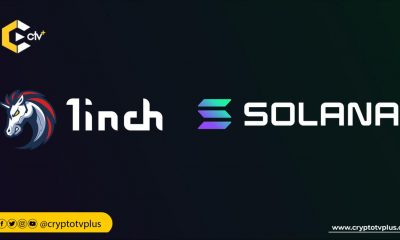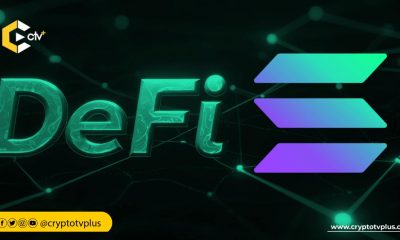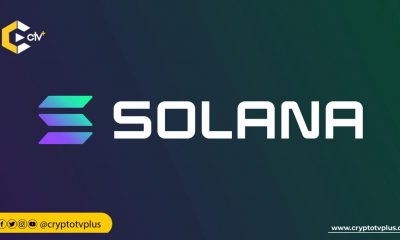FEATURED
Data compression on Solana can scale NFT minting

The compression project is a collaborative work between the team at Solana lab and Metaplex lab to create a new generalized system of compressing any account data on Solana. Austin Adams, a Metaplex engineer extensively explained the concept of compression on Solana in a discussion at the Breakpoint.
Compression is a generalized system for compressing data but NFT is the chief goal, Austin said.
The endpoint of working on the project solved the problem of the Merkel tree not being penalizable and therefore can’t run on a concurrent blockchain. “We had to solve one specific problem which was that Merkle trees are not penalizable and that doesn’t work on concurrent blockchain, so we created the concurrent Merkel,” Austin said.
According to Austin Adams, the concurrent Merkel allows to have a tree with a billion positions, and operations can happen without people having to wait on each other. “With the high throughput of Solana, we can now upscale minting with compression and reduce the cost which also helps to bring more users and use cases to create a stronger network.”
Canaan Linder, CEO of stardust, agreed that with compression stardust can now bring NFTs to billions and millions of people in a cost-effective manner. “Compression allows us to mint NFTs and drive more products to our customers, also offer value to not just those who can afford them,” he said.
Compression bends the cost curve of minting, according to Ash Pampati at Metaplex studios, Minting 10,000 NFTs at post-compression, will be at 3 SOL instead of 120 SOL. A million NFTs are minted at 12,000 SOL, post-compression it is 5 SOL. Minting a billion NFTs precompression costs 12,000,000 SOL and post-compression it is 500 SOL.
Compressed NFTs and the Solana RPC
Solana is a distributed ledger that will always be online and the way we communicate with this distributed ledger is through RPC, Vidor Gencel explained at the event.
RPCs are a good recommendation for hosting projects instead of API, Vidor mentioned. “I believe that all of these that should be built should be within RPCs and not on third-party API that can be hosted on Amazon,” he said.
Moreso, he established that “compressed NFTs are revolutionary”
Austin Adams analyzed that the concurrent Merkel tree produces very little state on-chain, and it’s on purpose. The leaves were designed to be reconstructed by looking at the transaction history and the best place to get transaction history and actual ledger state data is from the RPC provider. “Even if an RPC node becomes malicious you can move to another that is running the correct version of the software, Austin established.
Solana RPC providers run the same software and in most cases, they solve the same data. This allows a lot of performance advantage as well, especially for developers, Austin added. Interestingly, developers can create exciting use cases and products leveraging Solana.
“We have not just solved compressed NFTs but regular NFTs,” he said.
Read also;
How Dylint tackles Sealevel attacks on Solana
What do you think of this article? Share comments below.






















